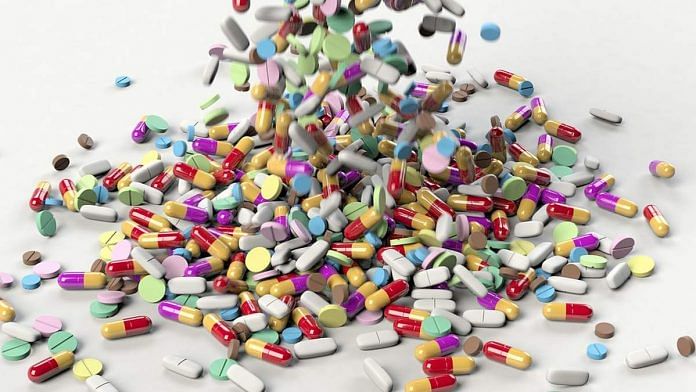Bengaluru: Nanoscience has become a big thing — it is paradoxical that the small looms so large as a target of research and practical applications. But what is it about this field that makes it important?
Nanoscience, or nanotech, has two main drivers — first, the prospect of incorporating intelligence and networking into very tiny robots, and second, the unique properties of materials structured at the nanometre scale.
Nanomaterials are way ahead of nanobots in current feasibility, but both have been victims of overenthusiastic projections, which is a polite way of saying “hype”.
For starters, let us simply ignore the prospect of microminiature robots such as in the near-magical armour of action heroes like Iron Man. It isn’t happening any time soon. While one can make very small chips, it is hard to make very small machines, and currently impossible to make batteries small and powerful enough to do anything useful with these.
Oddly enough, nature solved all these problems hundreds of millions of years ago and we already know about these nanobots: Nature’s nanomachines are called cells. Even though we are far from fully understanding how they work, scientists have been able to tinker with cells to redesign them to do new and interesting things while still being able to power themselves, move and even replicate.
A most obliging form of nanobot is, for example, we can now programme brain cells to flash light when they are active, or conversely, to become active when light is flashed on them.
On a more humble note, one may be happy to learn that lager beer owes its existence to a genetic recombination of two strains of yeast that happened by accident hundreds of years ago. So here, we have a nanomachine already doing a useful service — at least for people who like lager!
Also read: No, the West never owned scientific thinking
Nanoscience and Nature
Going to the more prosaic and practical world of nanomaterials, I will skip hundreds of industrial applications such as paint and solar cells, and focus on biomedical uses.
Here again, there is way too much hype, mirrored by scare-mongering. The hype comes from indiscriminate use of the buzzword ‘nanoscience’ for anything involving very small particles, even if these have been available to us for centuries.
For example, the old-fashioned pharmacist carefully grinding the compounds into a powdered dose is performing nanoscience. She is making use of the property that very small particles have a large surface area (good for absorption) compared to their volume, and so well-ground medicinal powder will be absorbed better.
Many hyped medical, cosmetic and herbal concoctions are no different in principle, except now we have improved ways of making very small particles. The fear that such nanomaterials could get out of hand are probably overblown, since dust, pollen and Nature’s own nanomachines such as spores, viruses and bacteria, have been at war with us and our predecessors since the time life began. We are rather well-equipped to deal with many kinds of tiny invaders.
Nanoscience isn’t magic
One emerging domain where nanoparticles have much promise is in targeted delivery, especially of drugs. How do you get a parcel delivery? It would be pretty inefficient for someone to send a parcel to your city without your address and hope that you get it. But this is precisely what happens with many medicines. You eat a pill, it goes into your bloodstream and then everywhere. The drug then reaches your heart where it has work to do, but along the way all the other cells in the body also get the drug. Hence, the problem of side-effects.
When we coat nanoparticles (containing a drug) with molecular addresses, we get the body to target the nanoparticles to specific organs and cells. The nanoparticles can now congregate at the correct site of action, and doses can be far more precise in location and effects. This is one reason why there is so much research on unique recognition markers for different cell types, specially in diseases like cancer. Such markers are like molecular addresses to accurately deliver drugs to just the right location, such as a tumour.
To summarise, nanoscience is not magic. In many cases, it is just a mirror of what nature has already created — both in terms of nanomachines, and in terms of precise and accurate dispersion of compounds within the body. Like any powerful technology, this also promises much in terms of medicine and industrial use, but this will require the usual steady research and development that go into all other major fields. Surely, the most exciting possibilities will be the ones we have not yet thought of.
Upinder S. Bhalla is a professor at the National Centre for Biological Sciences, TIFR, Bengaluru. Bhalla was awarded the Infosys Prize 2017 in Life Sciences.
This article is a part of the ‘Nano is the New Micro’ article series from Infosys Science Foundation.
Also read: There is a scientific reason why North Indians consume so much dairy



